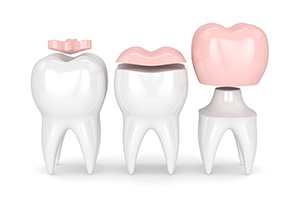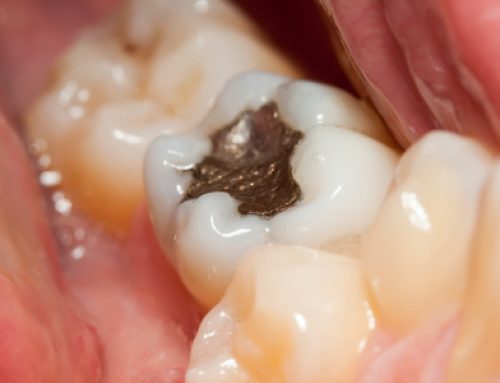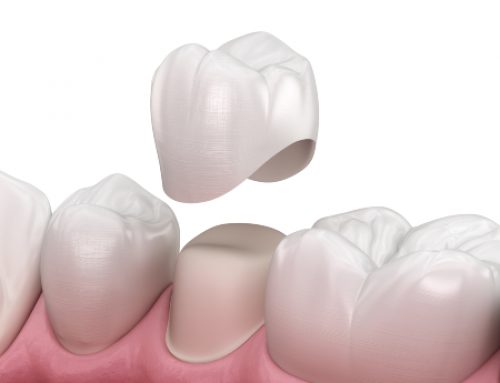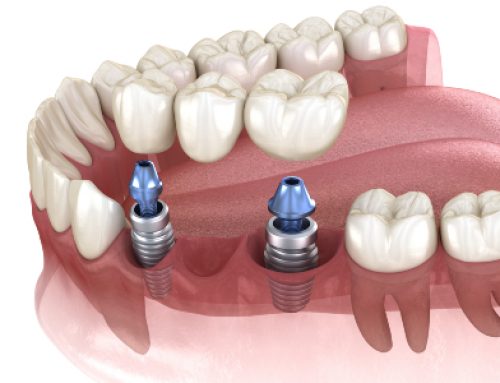
What is the difference between Inlays, Onlays, and Crowns?
They all strengthen and repair a damaged tooth, but generally, the type of restoration we use is determined by the extent of the damage.
- Inlays – Inlays are used when a cavity has grown too big to be treated with a traditional filling. Made of porcelain and milled perfectly to fit your tooth, the inlay lies within the cusps of the tooth’s chewing surface.
- Onlay – Onlays are usually slightly larger and encompass some portion of the tooth cusps themselves. This makes the restoration lie on top of the tooth (or on the outer edge) rather than within the cusps.
- Crowns provide full restoration for a tooth that has extensive damage or decay. After the tooth is prepared and any decay removed, the crown fits over the entire visible portion of the tooth and can be used normally for biting and chewing.
If you are suffering from a severe cavity or broken/damaged teeth, don’t wait any longer for the problem to worsen. Let us make you a porcelain restoration that perfectly matches the shade of your teeth and brings back their full function!

Dr. Angela Burns moved to Austin 10 years ago and instantly fell in love with our beautiful city. Dr. Burns is originally from the Texarkana area. She attended Texas A&M for her undergraduate degree and The University of Tennessee Health Science Center for her degree in dental surgery (DDS). Dr. Burns is committed to providing her patients with gentle, technologically advanced dental treatment. She attends an average of 60 hours of continuing education every year. She is a member of the American Dental Association, the American Academy of Cosmetic Dentistry, the Texas Dental Association, and the Capital Area Dental Society. Dr. Burns and her husband, Gary, have an 11-year-old daughter, Sydney, who is a proud 6th grader at Hill Country Middle School. She is also very involved in the Eanes PTO, her church, and loves raising her family in the Westlake community. “Growing up, I was drawn to mediating and helping others feel more included and less anxious. I was a camp counselor, student government officer and being the oldest of five, I was the family mediator. I found that I had a calling to help alleviate stressful situations for others and realized that being a good listener was something that was key to this. These skills really helped guide me into becoming a dentist that has based my practice on relationships, empathy and a sense of comfort. I knew that I wanted to provide an atmosphere that felt like home when others walked in. Our practice is small, personal and state of the art and we hope you feel like you’re hanging out with friends when you are here!” When she is not practicing dentistry, Dr. Burns enjoys traveling, hiking the greenbelt, enjoying Austin’s music scene, and eating Amy’s Ice Cream.




